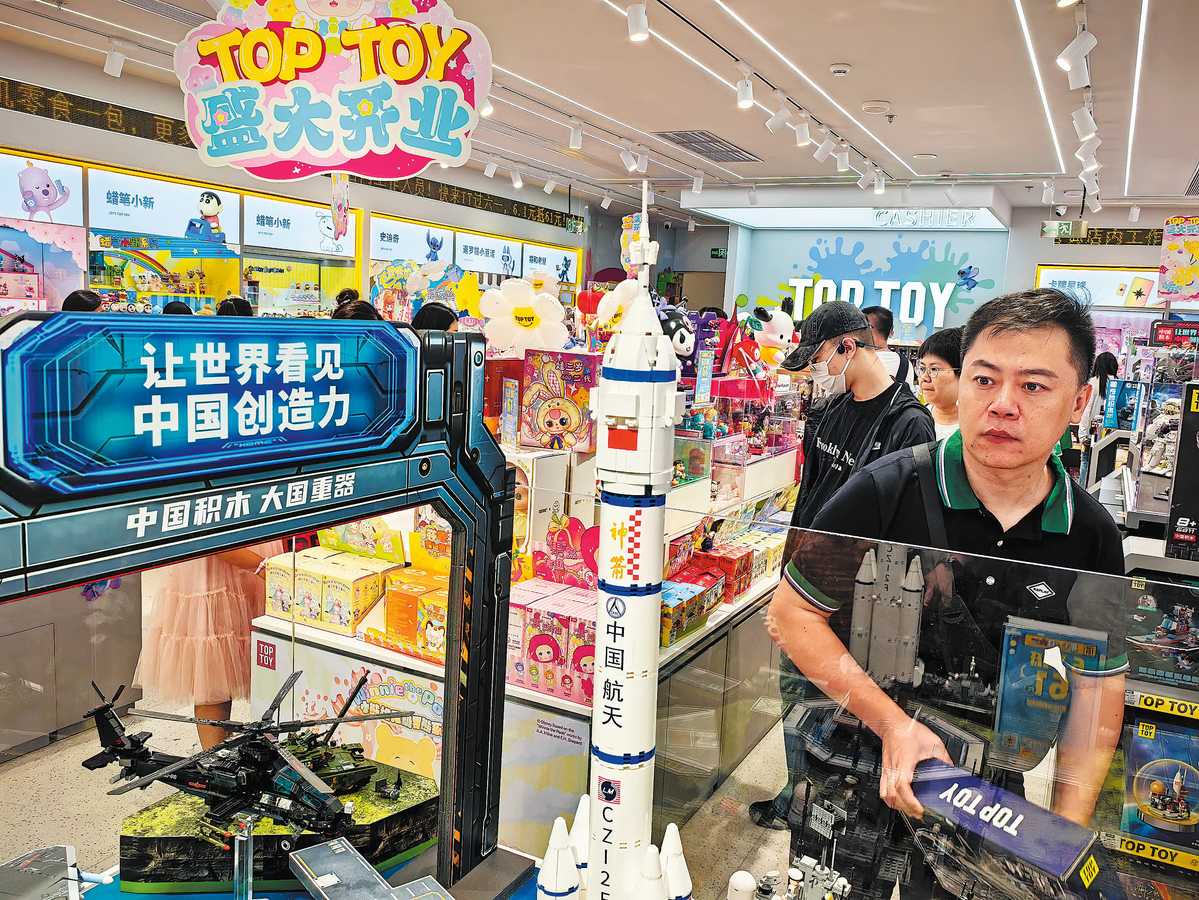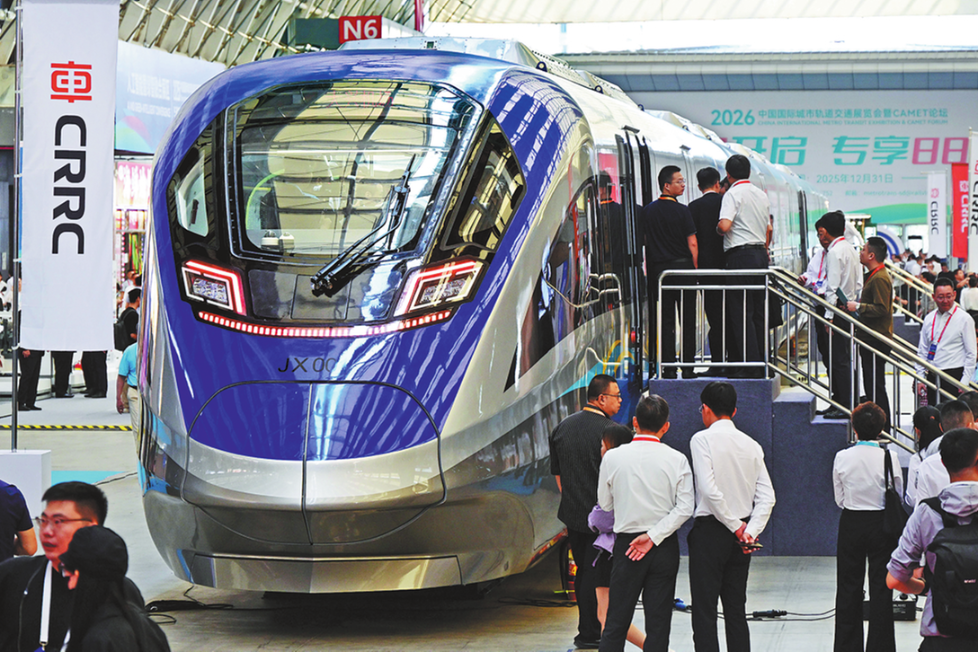'C-cool' trend reshaping global perceptions
Chinese brands integrating innovation with cultural expression


Labubu, viral success
China's creative industries are no longer just reacting to Western trends; they are generating them. The viral success of the character Labubu, a quirky forest elf popularized through social media and collaborations with the Louvre and Uniqlo, is one telling example.
"The most notable example recently was the popularity of Labubu, with shoppers fighting each other to get one," said Tom Harper, a China expert at the University of East London.
Meanwhile, bite-sized Chinese micro-dramas on platforms like ReelShort and FlexTV are captivating millions of international viewers with high-drama narratives tailored for short attention spans.
Dudarenok attributes this rise to China's multi-pronged strategy: massive R&D investment, tax incentives for global co-productions, and a creative wave led by Gen Z content makers. In 2024 alone, China invested 3.6 trillion yuan ($502 billion) in research and development, according to the National Bureau of Statistics.
Amrita Banta, managing director of Agility Research & Strategy, highlighted another reason for this appeal: "Chinese pop culture is gaining traction among younger audiences because of its ability to blend traditional narratives with the latest trends and unique storytelling techniques."
She added that these innovations, combined with Gen Z's appetite for authenticity and global perspectives, position Chinese pop culture as both distinctive and accessible to international youth.
"The appeal of Chinese popular culture is largely due to how it offers something different to mainstream popular culture," Harper explained. "In some ways, that makes it similar to Hallyu, also known as the Korean Wave, and the popularity of Japanese popular culture in the 1990s and early 2000s.
Advancements in artificial intelligence, robotics, and smart mobility are reshaping perceptions of China's role in global innovation. In cities like Guangdong province's Guangzhou and Shenzhen, flying taxis have become a reality, while AI companies such as DeepSeek are emerging as serious competitors to ChatGPT based in the United States.
"The tech prowess of Chinese companies is across a broad spectrum, from the internet and social media to autonomous tech and AI," Loh said. "The emergence of agentic AI may spawn even greater 'coolness' products."
Banta said: "The launch of flying taxis in Guangzhou and Shenzhen demonstrates China's leadership in urban innovation and mobility infrastructure. These cities are becoming living laboratories for future-forward technologies."
Harper added in the case of Deep-Seek, this is due to how it appears less controlled by Western companies than OpenAI is. "It gives China an edge in perception, an independent tech path," he said.
























